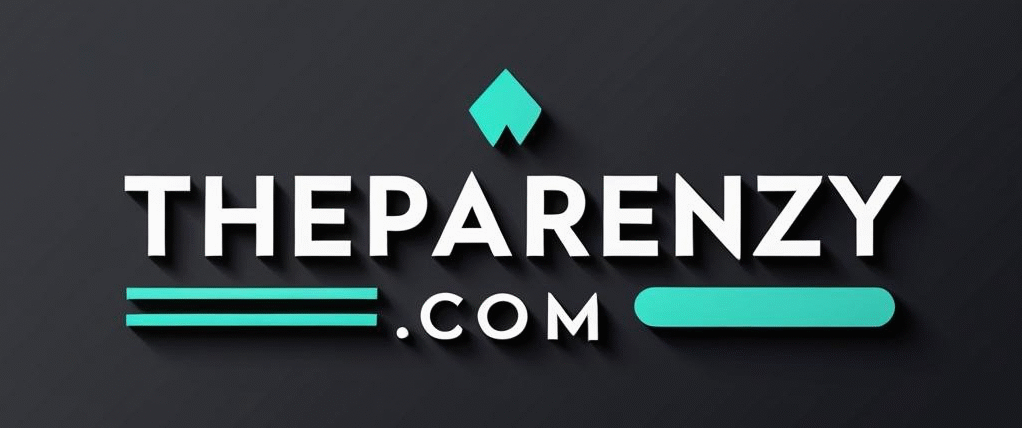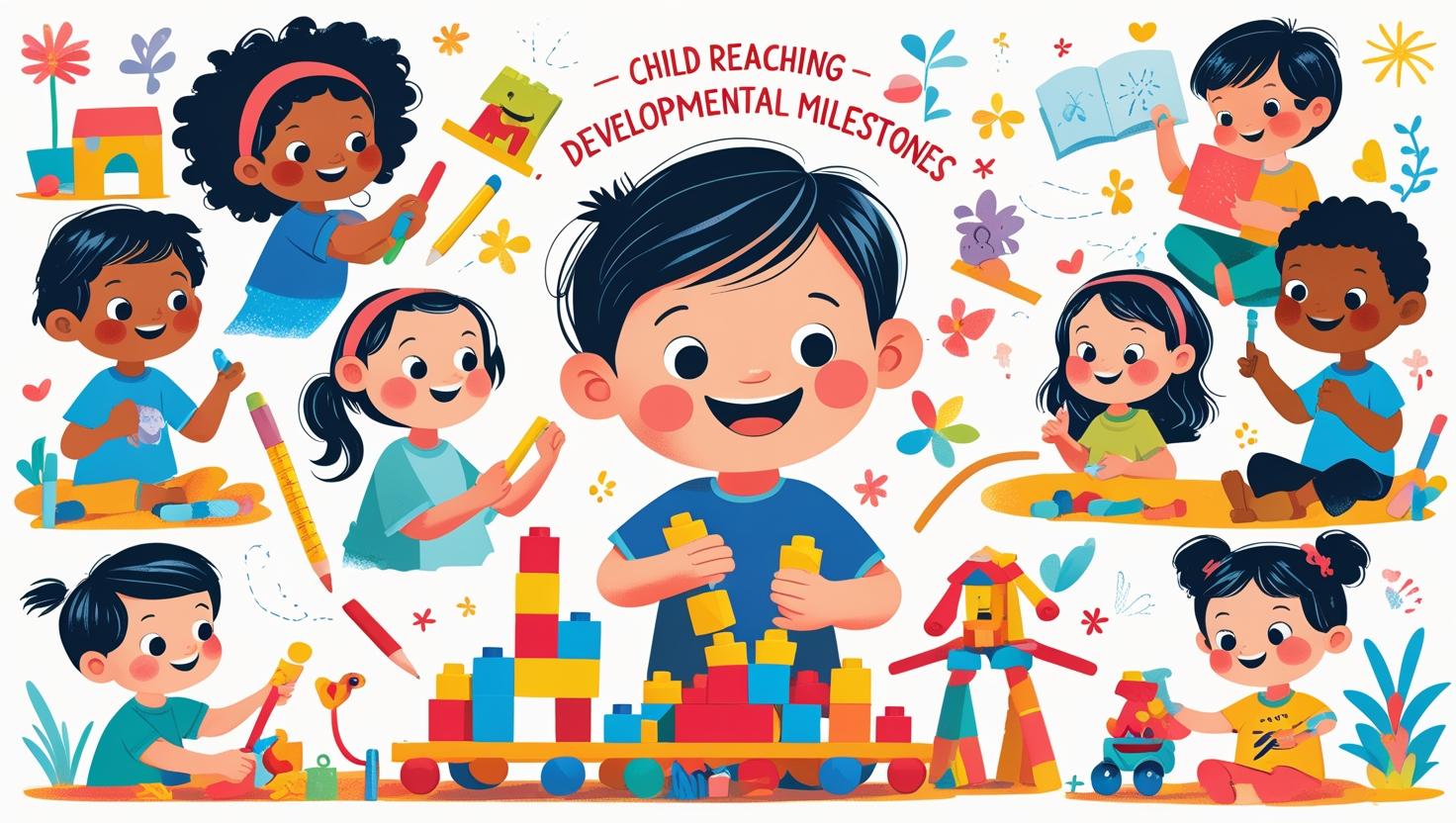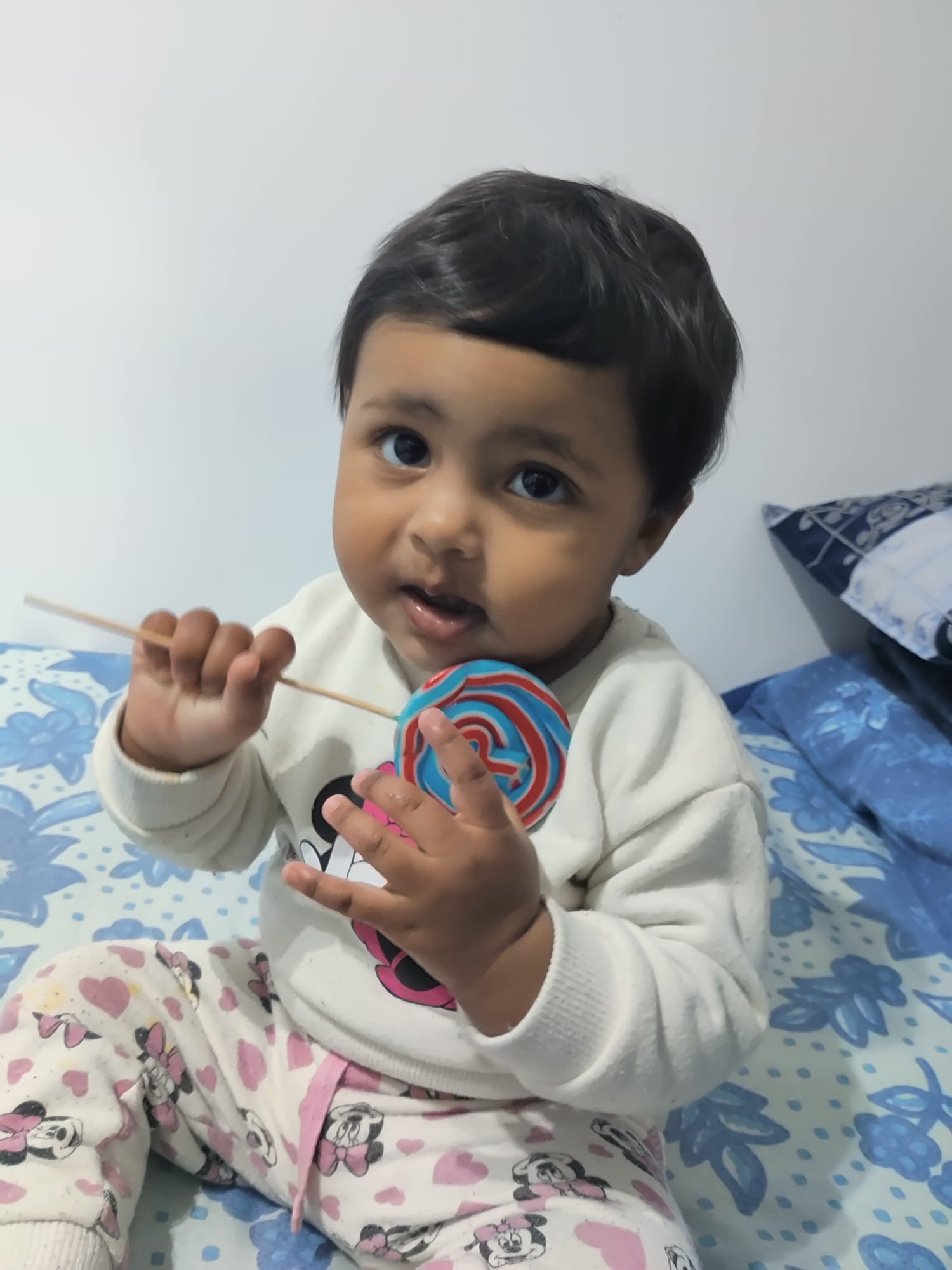As parents, we often wonder if our little ones are growing and developing as they should. Tracking child development milestones can be a great way to ensure they’re on the right path.
Child development milestones are significant achievements. They mark a child’s progress in physical, emotional, and cognitive areas. By understanding these milestones, we can spot issues early and support our child’s growth.

Monitoring these milestones keeps us informed and involved in our child’s development. It’s a great way to create a nurturing environment that encourages healthy growth and development.
Key Takeaways
- Child development milestones are significant achievements that mark a child’s progress.
- Tracking these milestones helps identify potential issues early on.
- Understanding child development milestones supports a child’s overall growth.
- Monitoring milestones fosters a nurturing environment.
- It’s essential to stay informed and involved in a child’s development.
The Importance of Tracking Developmental Milestones
Tracking developmental milestones is key to watching a child grow. It lets parents see how their child is doing and spot problems early.
Why Milestones Matter for Your Child’s Growth
Developmental milestones show how a child is doing overall. They help parents know if their child is growing as they should.
How Milestones Help Identify Potential Issues Early
Finding problems early can really help a child. Using a developmental milestones checklist is a smart way to keep track.
Common Misconceptions About Child Development
Many parents think their child might not be developing right. But, it’s important to know that “normal” development can vary a lot.
Understanding the Range of “Normal” Development
Every child grows at their own speed. Things like genes and environment matter a lot. A milestone checklist helps parents see what’s normal for their child.
Milestone Checklist: Is Your Child Developing Normally?
As parents, we often wonder if our child is developing at a normal pace. A milestone checklist can be very helpful. It helps us see if our child is on the right path and spots any problems early.
How to Use Developmental Checklists Effectively
A developmental checklist is more than a list. It’s a guide to understanding our child’s growth. To use it well, we need to watch our child’s behaviors and skills often.
Read blog; https://theparentzy.com/how-to-prepare-for-your-babys-arrival-checklist-for-new-parents/
Step-by-Step Guide to Tracking Milestones
- Observe and record your child’s behaviors and achievements.
- Compare these observations with the typical normal child development stages.
- Use a child milestone tracker to monitor progress over time.
- Consult with a healthcare provider if you notice any significant deviations.
By following these steps, we can understand our child’s development better. We can also take action if needed.
Understanding Individual Differences in Development
Every child develops at their own pace. Things like genetics, environment, and nutrition affect how fast they grow.
Factors That Influence Developmental Timing
| Factor | Description | Impact on Development |
|---|---|---|
| Genetics | Inherited traits from parents. | Can influence growth rate and developmental milestones. |
| Nutrition | Adequate intake of essential nutrients. | Supports healthy growth and development. |
| Environment | Surroundings and experiences. | Shapes cognitive, social, and emotional development. |
Creating Your Own Milestone Tracking System
While many resources are out there, making your own milestone tracking system can be very effective. It means making the checklist fit your child’s unique needs and stage.

By observing, keeping records, and using developmental checklists, we can support our child’s growth well.
Infant Development Milestones: Birth to12 Months
Infants start a journey of growth from birth. They hit important milestones in the first 12 months. It’s key for parents to know these milestones to help their child grow.
Physical Development in the First Year
Physical growth is very noticeable in infants. They go from needing help for everything to walking on their own.
Motor Skills from Head Control to First Steps
Infants first get head control by 2 months. Then, they roll over, sit up, and sit alone. Crawling starts at 7-10 months. They stand and walk for the first time between 9-12 months.

Cognitive and Social Milestones for Babies
Cognitive growth is how babies learn and understand. Social growth is how they connect with others.
Key Indicators of Healthy Brain Development
Signs include knowing faces, playing peek-a-boo, and understanding cause-and-effect. These are important for brain health.
Communication Development in Infants
Communication starts with cooing. It moves to babbling and then to saying words. This is crucial for language skills.
From Cooing to First Words
Infants start with cooing, then babble. They say their first words, like “mama” or “dada,” at 9-12 months.
Toddler Milestone Checklist: Ages1-3 Years
Knowing the key milestones for toddlers helps parents support their child’s growth. Between 1 and 3 years, kids go through big changes in many areas.
Physical Skills to Watch For
Toddlers hit certain physical milestones in this age. They get better at big and small muscle skills.
Gross and Fine Motor Development
Gross motor skills are for big muscles like walking and running. Fine motor skills are for small muscles, like picking up small things.
- Gross motor skills: walking alone, kicking a ball, climbing stairs with help.
- Fine motor skills: stacking blocks, drawing simple shapes, getting dressed.
Language and Communication Development
Language growth is key for toddlers. It’s about understanding and using words.
Vocabulary Explosion and Sentence Formation
Toddlers quickly grow their vocabulary and start making simple sentences.
- Saying several words, then combining two words together.
- Identifying body parts when asked.
- Following simple instructions.
Social and Emotional Growth in Toddlers
Social and emotional growth is about feeling and managing emotions, and getting along with others.
Independence and Self-Regulation Skills
Toddlers start to want to do things on their own. They learn to control their feelings and actions.
| Age | Social/Emotional Milestones |
|---|---|
| 1-2 years | Playing with others, showing love for family. |
| 2-3 years | Playing next to others, testing limits, wanting to be independent. |

Knowing these milestones helps parents support their toddler’s growth. It also helps spot any issues early.
Read blog; https://theparentzy.com/how-to-handle-toddler-tantrums-a-step-by-step-guide-for-parents/
Preschooler Development: Ages3-5 Years
The preschool years are from 3 to 5 years old. They are very important for a child’s growth. Kids grow a lot in physical, thinking, and feeling skills.
Physical and Motor Skills
Preschoolers get better at moving. They can run, jump, and climb better. They also get better at small tasks like dressing and using utensils.
Coordination and Self-Care Abilities
As they grow, kids get better at doing things for themselves. They can dress themselves and use scissors. They also balance better and move more smoothly.
Cognitive and Learning Milestones
Thinking skills grow a lot during preschool. Kids start to understand numbers, shapes, and colors. They also get better at solving problems.
Pre-Reading and Math Skills
Preschoolers start to learn about reading and math. They might know letters and count things. They also start to understand stories.
“Children are like sponges, absorbing knowledge and experiences that lay the foundation for future learning.”
Unknown
Social Skills and Emotional Development
Social and emotional growth is key in preschool. Kids start to make friends and understand feelings. They also learn to care about others.
Friendship Formation and Emotional Expression
Preschoolers learn to play with others and make friends. They get better at showing their feelings. They also learn to understand others’ feelings.
| Developmental Area | Typical Milestones at 3-5 Years |
|---|---|
| Physical | Improved running, jumping, and climbing abilities; enhanced fine motor skills |
| Cognitive | Understanding of basic concepts like numbers and shapes; emerging problem-solving skills |
| Social-Emotional | Formation of friendships; expression of emotions; development of empathy |
When to Be Concerned: Red Flags in Child Development
Every child grows at their own pace. But, there are red flags parents should watch for. These signs might mean a child is falling behind in development.
Signs That May Indicate Developmental Delays
Developmental delays can show up in many ways. This includes physical, thinking, and social or emotional problems. Some common signs are:
- Having trouble with big movements like crawling or walking
- Not talking or having trouble with words
- Not wanting to play with others or not caring about people
Age-Specific Warning Signs
Some warning signs are only for certain ages. These signs can show big problems. For example:
| Age | Warning Signs |
|---|---|
| 6 months | Not reacting to sounds or not making vowel sounds |
| 12 months | Not standing with help or not answering when called |
| 24 months | Not saying any words or not using two words together |
How to Discuss Concerns with Healthcare Providers
If you worry about your child’s growth, talk to their doctor. Share examples of what you’ve seen.
Preparing for Developmental Screenings
Screenings are key to finding problems early. Keep track of your child’s big moments and any worries you have.

Early Intervention: Why Timing Matters
Acting fast is key when a child is falling behind. The sooner problems are found and fixed, the better the child will do.
Types of Support Services Available
There are many help options for kids who are behind. This includes speech, occupational, and physical therapy. These can really help a child grow and do well in the future.
Knowing the red flags and acting early can help a child do great. Parents play a big role in making sure their child gets the help they need.
Conclusion
Tracking child development milestones is very important. It helps you know if your child is growing right. A milestone checklist lets you see how they’re doing and spot any problems early.
We talked about the milestones to watch for at different ages. This includes from when they’re babies to when they start preschool. We also talked about red flags that might mean they’re not developing as they should.
Being ready and knowing what to look for helps your child grow. You can work with doctors to help them if needed. Remember, every child grows at their own speed. A milestone checklist is just one way to keep track.
It’s very important to stay involved in your child’s growth. Use what you’ve learned to help watch their progress and celebrate their wins.
FAQ
What are child development milestones, and why are they important?
Child development milestones are big steps in a child’s growth. They help us see if a child is growing right. If not, we can help early.
How can I use a developmental milestones checklist effectively?
Use a checklist to track your child’s growth. Note their achievements and any delays. Talk to your doctor about any worries.
What is considered “normal” development in children?
Normal growth in kids varies a lot. Each child grows at their own speed. Some might need more time for certain steps.
How do I know if my child is developing normally?
Track your child’s growth with a checklist. If you’re worried, talk to your doctor.
What are some common misconceptions about child development?
Some think all kids grow the same or must hit milestones by a certain age. But every child is different and grows at their own pace.
What are some red flags in child development that I should be aware of?
Look out for big delays, losing skills, or being way behind peers. If you see these, talk to your doctor.
How can I prepare for developmental screenings with my healthcare provider?
Keep a record of your child’s milestones and any delays. Be ready to talk about your child’s growth with your doctor.
What types of support services are available for children with developmental delays?
Kids with delays can get help like early programs, speech, and physical therapy. Early help is key for their growth.
How can I create a personalized milestone tracking system for my child?
Make a tracking system with a checklist. Keep up with your child’s growth. Change it as needed for your child’s unique needs.
Read blog; https://theparentzy.com/how-to-handle-toddler-tantrums-a-step-by-step-guide-for-parents/
Read blog; https://theparentzy.com/how-to-prepare-for-your-babys-arrival-checklist-for-new-parents/
Read this; https://cambspborochildrenshealth.nhs.uk/child-development-and-growing-up/milestones/





Pingback: 10 best popular nursery rhymes for young children - Theparentzy.com
Pingback: How to Handle Toddler Tantrums: A Step-by-Step Guide for Parents - Theparentzy.com
Pingback: The important of children mental health - Theparentzy.com